I am just now coming back to earth after a phenomenal ALA Annual Conference–it was in fact my very first Annual and was an utterly charmed and serendipitous experience and I have a million things to think and blog about. But the first blog post belongs to Guerrilla Storytime, which was one of the best parts.
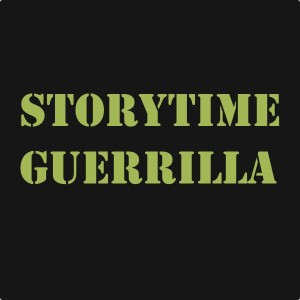
Guerrilla Storytime is the brainchild of Cory Eckert, a youth services librarian from New Mexico. Some of us were chatting on Twitter about how much we’d love to see each other’s storytimes, to learn in person and from our peers and from real-life situations. From that grew Cory’s idea to use the Uncommons space at Annual to bring some of us together for just that purpose.
Which we did, and it totally rocked. Amy has an excellent write-up at her blog The Show Me Librarian, and I gathered a bunch of great tips and ideas that I will get into another post as soon as possible. But for this post, I want to report out in a different way. What I’ve found myself thinking about over the last few days is the importance of taking as active a role in your own learning as possible, and how easy it is to say that and how huge and overwhelming that can sometimes seem when you sit down to try to do it.
But how do you eat an elephant? One bite at a time.
Here’s some bites of advice that have gelled in my head this weekend about investing in your own learning and inventing what you need.
Don’t Do It Alone
As you move along in your career, do what you can to find a group of people that will help you with your learning. The more time I spend as a librarian, the more essential this step feels to me. Here we are in a profession that is all about resource sharing–look for those who will share their resources with you and who will appreciate the things that you bring to the table, too.
This group of people might be small or large or virtual or in-person or local or national or all of the above. You might find them at another branch of your system, or a local storytime training, or through your state library youth services interest group or a national listserv or on Twitter or Facebook. It may be a step out of your comfort zone to strike up conversations with someone new at a workshop or to send a private email with a follow-up question to someone on your listserv, but it’s worth it, because they will help you with the next piece of advice which is…
Keep Coming Back to Interesting Ideas
Bring up your crazy ideas to your friends and colleagues. Say, “I wish I could do this,” or “We tried this and it didn’t work and I don’t know why,” or “What if…” Then bring them up again. And again.
When Cory was first talking on Twitter about learning from peers, the first ideas we were kicking around were about using YouTube to share with each other. But, you know, copyright. Whatever. Kind of a dead end for some of the stuff we want to do. The whole project could have stalled there. But the next day she was back on Twitter saying, “You know, I think we should use the Uncommons at ALA.”
She kept at the idea, but it still could have languished if those of us listening hadn’t kept at it too. I’d never been at ALA so I didn’t know what the Uncommons was. I looked up, and came back to the conversation saying, “I think that could work, let’s keep thinking about this.” So we did, which brings us to the next step, which is…
Take Baby Steps
“Invent a totally new way to do storytime training at annual conferences” is kind of a huge thing for your to-do list. But that’s not actually what goes ON your to-do list. The to-do list for Guerrilla Storytimes looked more like this:
- Open a shared Google doc to gather wish-list of training needs
- Start an email group to share planning outside of 140-character tweets
- Figure out how to sign up for Uncommons space
That seems a little more feasible, doesn’t it? Plus, when you have a group to work with, you never have to do everything on the list yourself, because you…
Ask For Help
Katie is local to Chicago and brought shaker eggs, a parachute, and scarves on the train so no one had to get them through airport security. Cate drove in to McCormick Place for her conference days and volunteered to put the props in her car so Katie didn’t have to lug them on the shuttle. Cory couldn’t be at both sessions so Amy volunteered to MC the Friday one. Kendra and Rick and Anna were ready to take on the first challenges and help break the ice. Everyone pitched in and took on a little piece, and they knew about the little pieces because we asked each other for help with them.
What do you need? Do you want to take more webinars but always have trouble with your equipment? Do you want to read more but aren’t sure where to find good articles? Or do you save lots of articles but need help organizing them, or talking about them? Do you never hear about good workshops until they are past? Identify what is a sticking point for you in moving forward with your learning, and ask your friends, your colleagues, your boss, your HR, your Twitter network, for help.
And asking for help is just one way to…
Be Visible
If you need help with something, chances others need help with it too. Take your learning public so others can join in. If you’ve found a great workshop, spread the word–maybe a coworker would like to go, too. If you find an awesome research article, tweet it or Facebook it or make a public Diigo list so others can read along. We all understand that not knowing everything is nothing to be ashamed of, and we can’t discover all the resources that will help us on our own.
The other reason to be visible has to do with advocacy. If you aren’t finding the training you need at your library, your boss should know that. If you are public about the expertise you are gaining in storytime practices, then others have a chance to learn that storytime requires expertise.
As our plans for Guerrilla Storytime came together, we tweeted about it, and slipped in a guest post on the ALSC blog, and talked it up in our own offline networks. We loved the location of the Uncommons–right in the middle of Registration, the Exhibit floor, the Starbucks, the First Time Attendee booth. As we hauled out the parachute and the guitars and ukuleles, as we sang songs into the mic and sat on the floor and stood in the doorway, all sorts of conference attendees got a peek at what we were doing. And it turned out that a LOT of us were there, which was very, very cool. But it almost didn’t matter, because we were ready to…
Define Success Broadly
There is no single path for learning or career development. Don’t waste time getting frustrated when one avenue doesn’t lead exactly where you thought. Was that webinar a little basic? Well, reviewing material is a great way to synthesize your thinking and develop new questions. Did that session not really stick to the topic you expected? Maybe now you know a little more about the surrounding issues. Did you not get into the online continuing ed class you wanted? Find another one for now and try again later.
I had no idea how to visualize what our Guerrilla Storytime sessions would look like. Seriously, I was thinking of a table with 6-8 people sitting around it, with maybe another 3-4 standing around looking on. Instead, we had 40, 50, 70, who knows how many over the two days. We took over the whole Uncommons (retroactive apologies to everyone else who wanted to use it quietly at the same time). But even if we had 10 instead of 50, I still would have called it a success, because we still would have shared ideas, and met each other, and celebrated storytime. We still would have invented what we needed, and we still would have been ready to…
Keep the Ball Rolling
The great thing about learning outside of school is being able to follow your interests wherever they lead, and not where your required course list wants you to go. Once you’ve tackled one workshop or class or article or discussion, think of one thing from that experience that you are still curious about and follow that thread to another workshop or class or article or discussion. Not only will that help keep you motivated in your job, but the next step often provides an opportunity to consolidate and really master what you just learned.
As you read this, the brains of Guerrilla Storytimers (those who planned, those who shared, those who attended, and yours too now that you’ve read this) are whirling with the next interesting ideas. Keep an eye on Twitter for the #guerrillastorytime hashtag for an ongoing stream of storytime tips. Would you like to see a blog for delving into storytime issues? Let me know…that’s another next step that’s percolating and we’ll need help. Want to bring Guerilla Storytime to your state library conference? You don’t need permission, just do it. Those of us who were at Annual will give you some help if you need it.
What’s your next step?
Other Post-Conference Posts, from the 2012 ALSC Institute:
On Finding What You Love (and the Great Peter Brown)
On Finding Your Tribe (and the TSA Agent)
On Customer Service (and the Southwest Skycap)
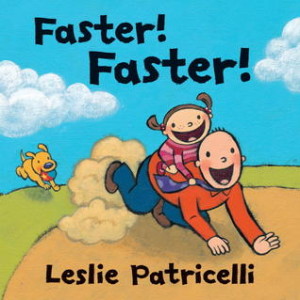
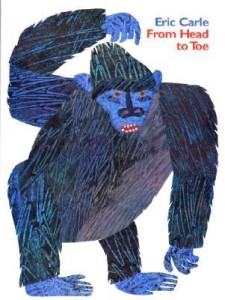



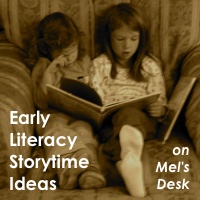

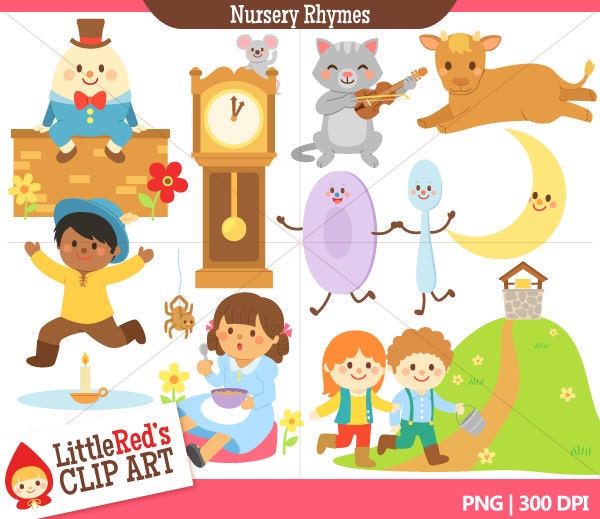
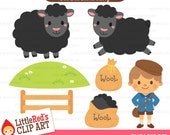
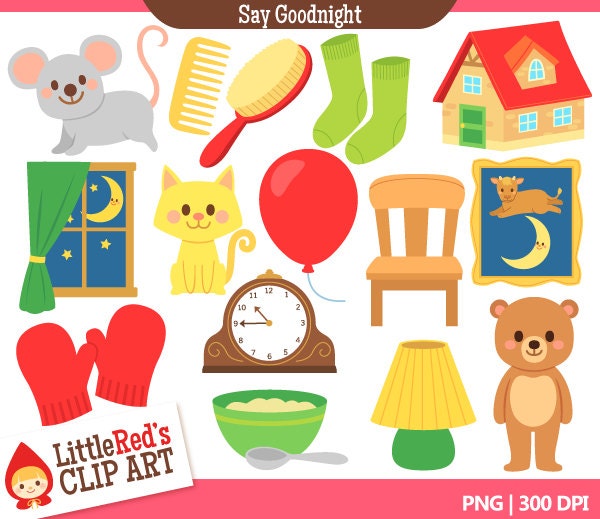
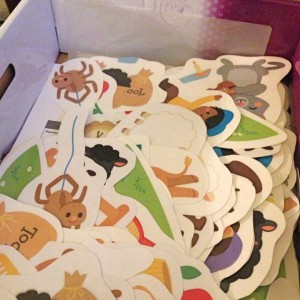
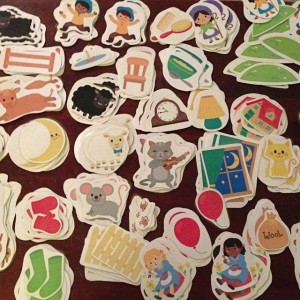
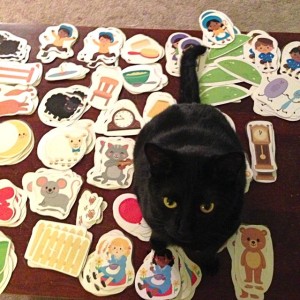
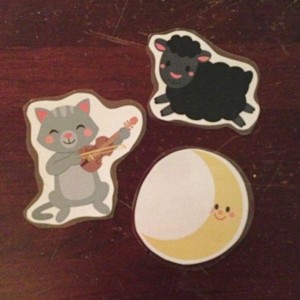
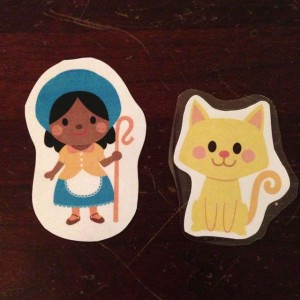
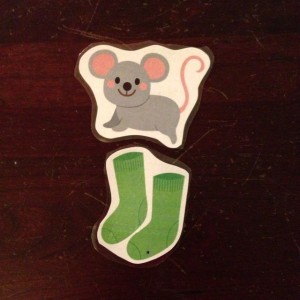
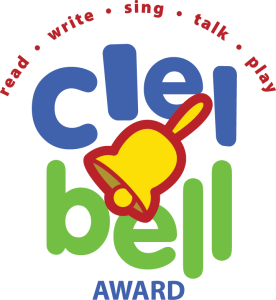
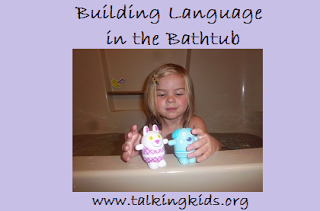


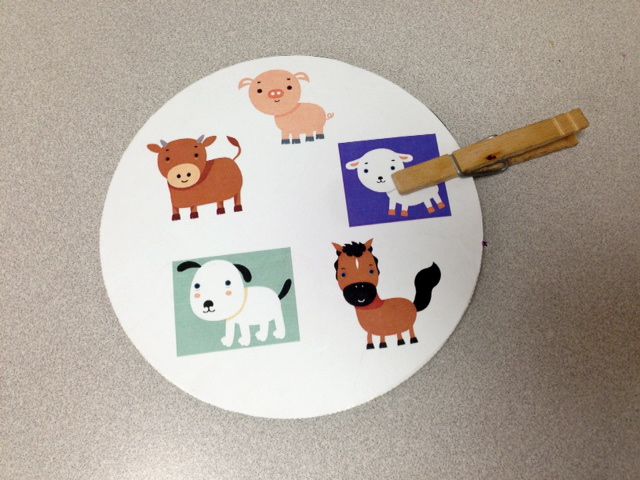
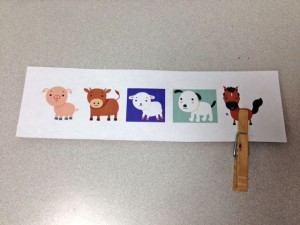
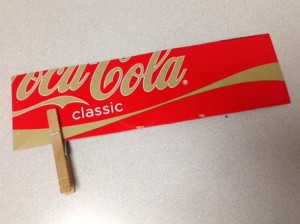
.jpg)
